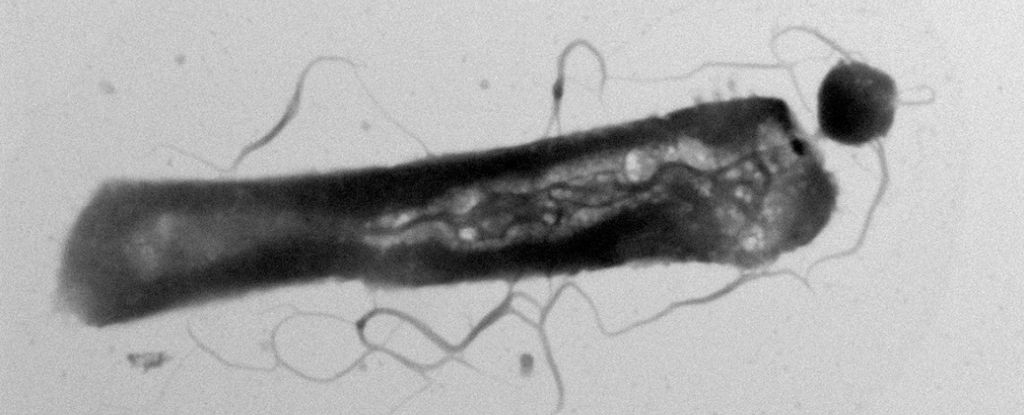Microorganisms, Vol. 11, Pages 398: Myxobacterial Predation: A Standardised Lawn Predation Assay Highlights Strains with Unusually Efficient Predatory Activity
Microorganisms doi: 10.3390/microorganisms11020398
Authors: Allison S. Zwarycz David E. Whitworth
Myxobacteria prey upon a broad range of microorganisms. Lawn assays are commonly used to quantify myxobacterial predation—myxobacterial suspensions are spotted onto prey lawns, and monitored via spot expansion. The diversity in motility behaviours of myxobacterial strains and differing assay protocols in myxobacteriology laboratories led us to develop a highly-specified assay, which was applied to 28 myxobacterial strains preying on seven phytopathogenic prey species. Generally, prey organisms showed no qualitative differences in their susceptibility/resistance to myxobacterial predation. For most myxobacteria, prey did not stimulate, and in ~50% of cases actively hindered colony expansion. Only ~25% of predator/prey strain combinations exhibited greater colony expansion than in the absence of nutrients. The activity of predatory strains against different prey correlated, implying effective predators may have relatively non-specific predation mechanisms (e.g., broad specificity proteases/lipases), but no correlation was observed between predatory activity and phylogeny. Predation on dead (but intact) or lysed prey cells gave greater colony expansion than on live prey. Occasional strains grew substantially faster on dead compared to lysed cells, or vice-versa. Such differences in accessing nutrients from live, dead and lysed cells indicates there are strain-specific differences in the efficiencies/machineries of prey killing and nutrient acquisition, which has important implications for the ecology of myxobacterial predators and their prey.

 1 year ago
55
1 year ago
55


